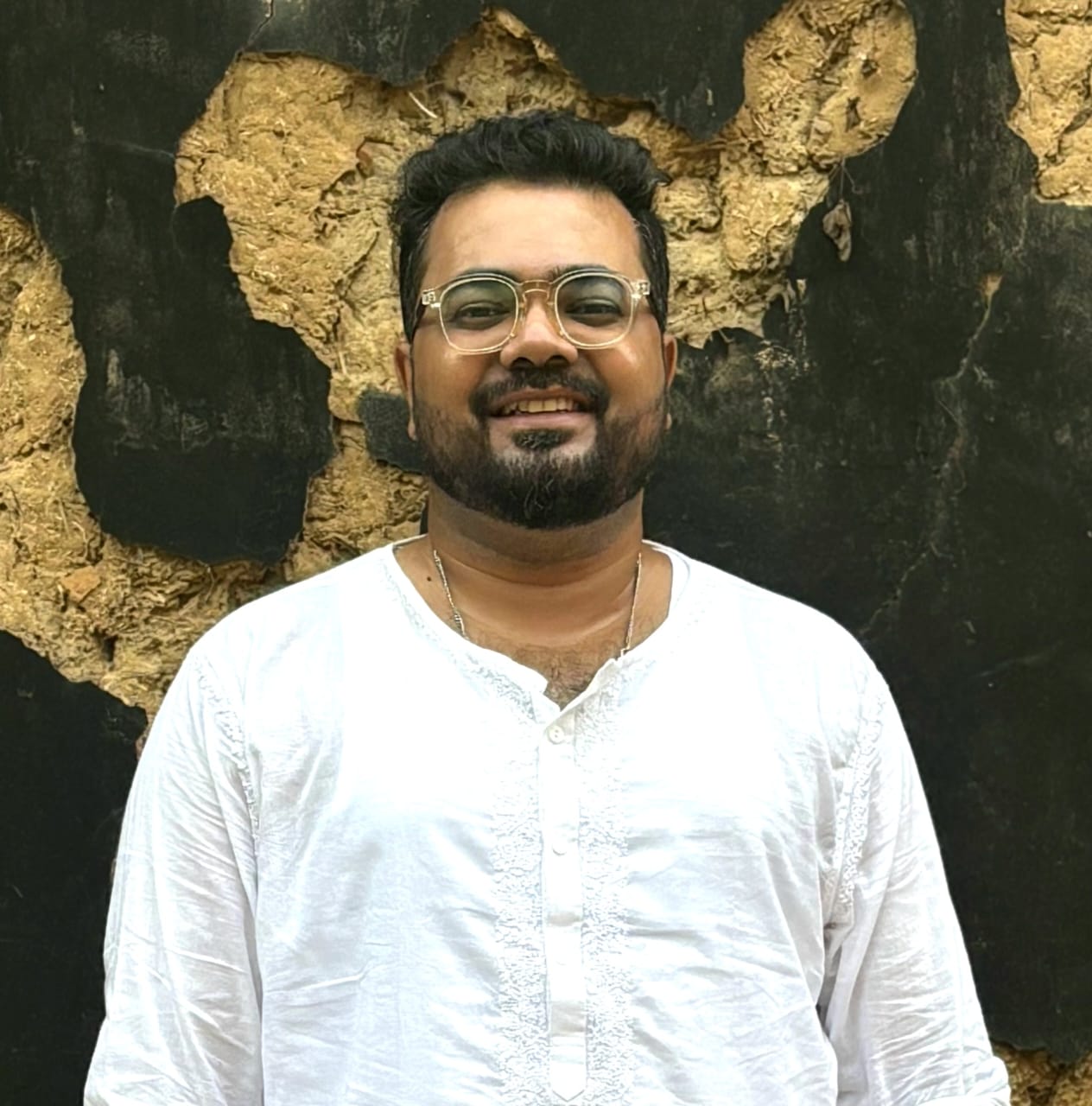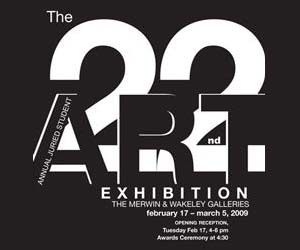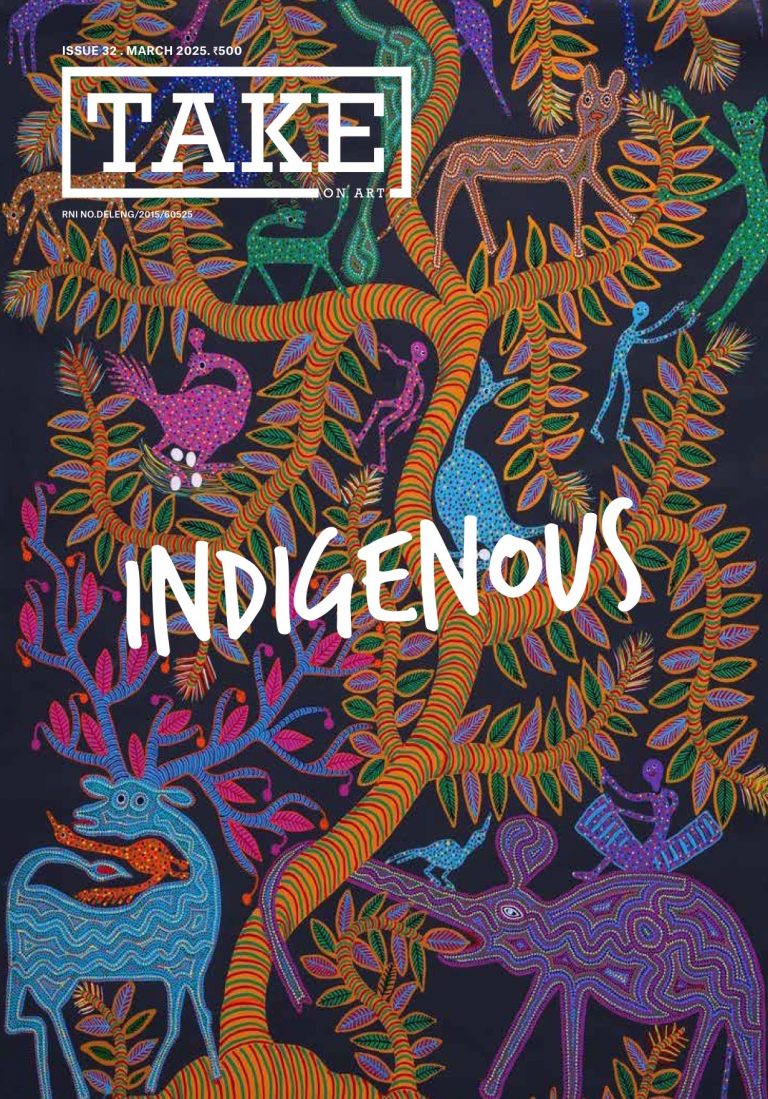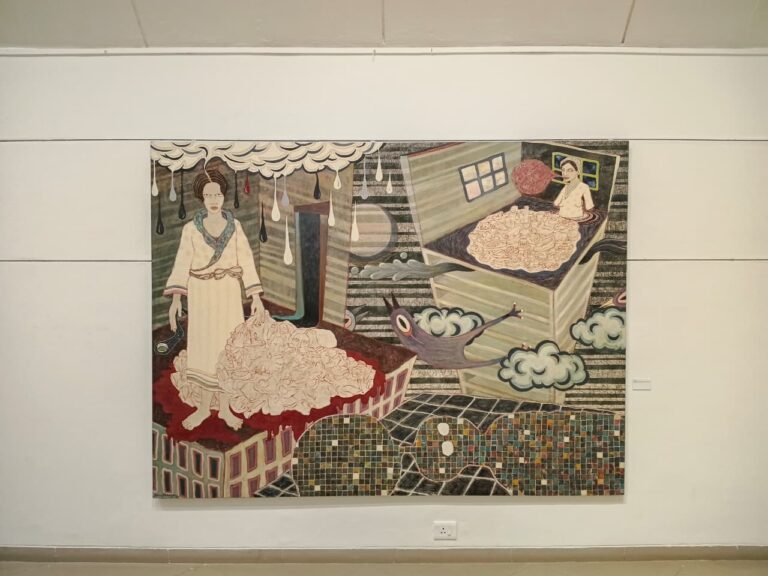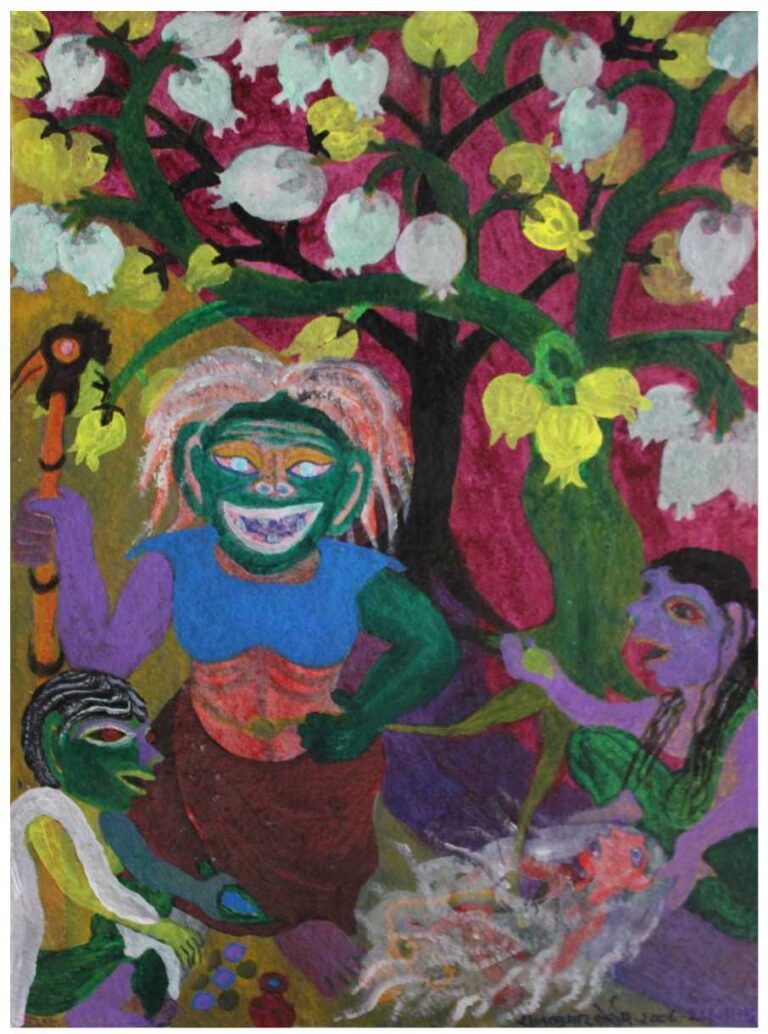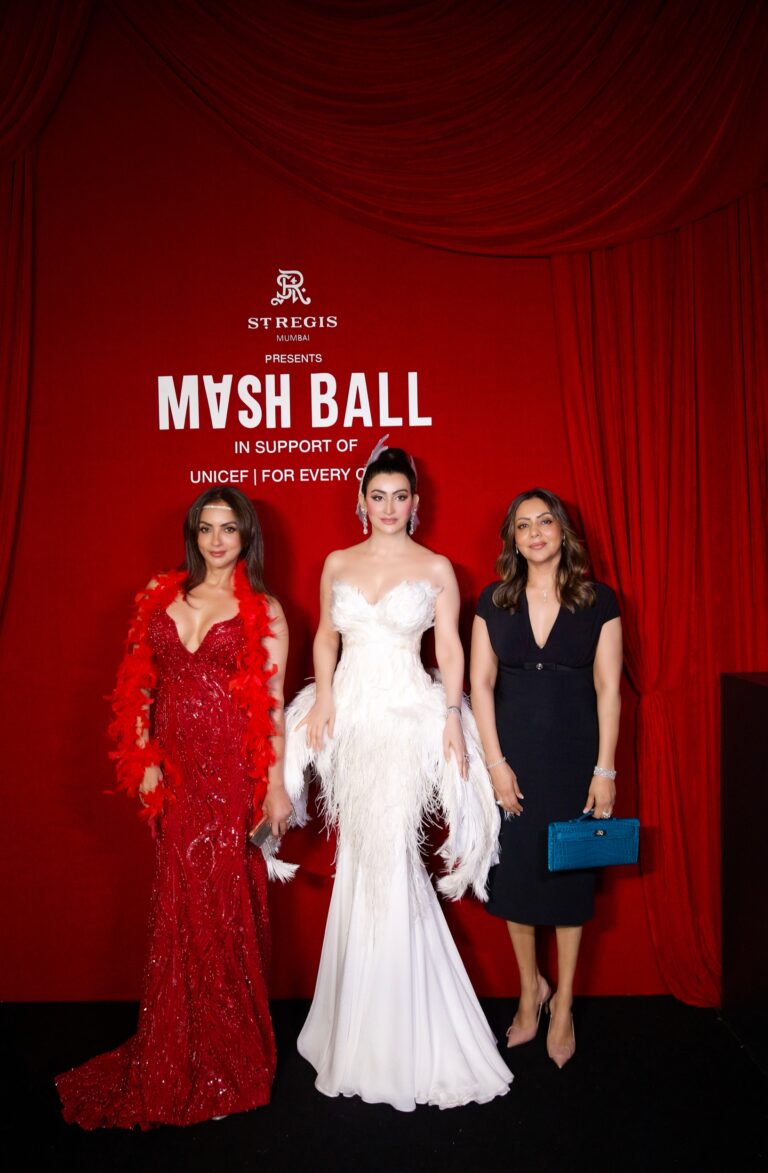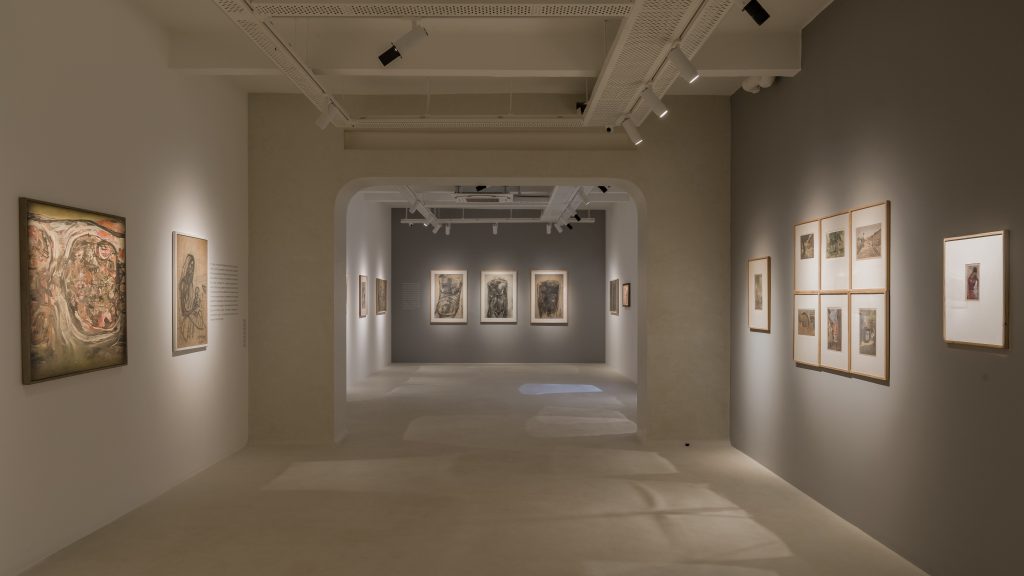
Translating an expansive artistic terrain into an exhibition is no easy feat. ‘In Celebration: Jogen Chowdhury’ at Art Exposure Gallery, Kolkata, takes on this colossal task. Following two large‑scale retrospectives in 2023—at Bikaner House, Delhi, and Snowball Studio, Mumbai—this Kolkata edition, curated by Soumik Nandy Majumdar (also co‑curator of the earlier shows), moves beyond a conventional notion of retrospective. It seeks to highlight the moments, memories, discoveries, and histories that shaped his visual language, selectively emphasizing certain periods and revealing a conscious curatorial implication.
The exhibition traces Jogen Chowdhury’s artistic evolution by emphasizing shifts in his visual language without following a strict chronology. Thoughtfully curated sections present early works as seeds that eventually blossom into the artist’s mature visual vocabulary. Spread across two floors, the exhibition unfolds in a nonlinear format, allowing different phases of Chowdhury’s practice to intersect and converse throughout the display. There is a pronounced emphasis on Chowdhury’s formative and mid‑career periods, showcased through numerous early sketches and studies that create an imbalance in the exhibition. While these works offer valuable insight into the foundation of his artistic vocabulary, the relatively limited representation of his mature and recent works leaves a gap in understanding the full arc of his practice to a certain extent.

Chowdhury’s early academic works sensitively depict life in refugee colonies, portraying everyday figures with quiet emotional depth. Despite his training in Western academic techniques, his subjects stem from lived experiences rather than classical ideals. Raised in a refugee settlement in South Kolkata following his family’s exodus from East Bengal (present‑day Bangladesh), his early paintings resonate with the trauma, emptiness, and yearning for a lost ancestral home.
A painting like Putul Khela – Refugee Girls Playing with Dolls (1958) encapsulates this poignantly. Two girls are seen playfully engaged with dolls, but within the innocence lies a tacit emotional weight. The doll, the tatters of cloth, the blankets, and the trunk in the background subtly evoke the displacement of thousands forced to flee, carrying only a few belongings. Chowdhury’s detailed attention to everyday objects and the struggles of common people reflects a grounded understanding of ordinary life that finds nuanced expression in his later works.
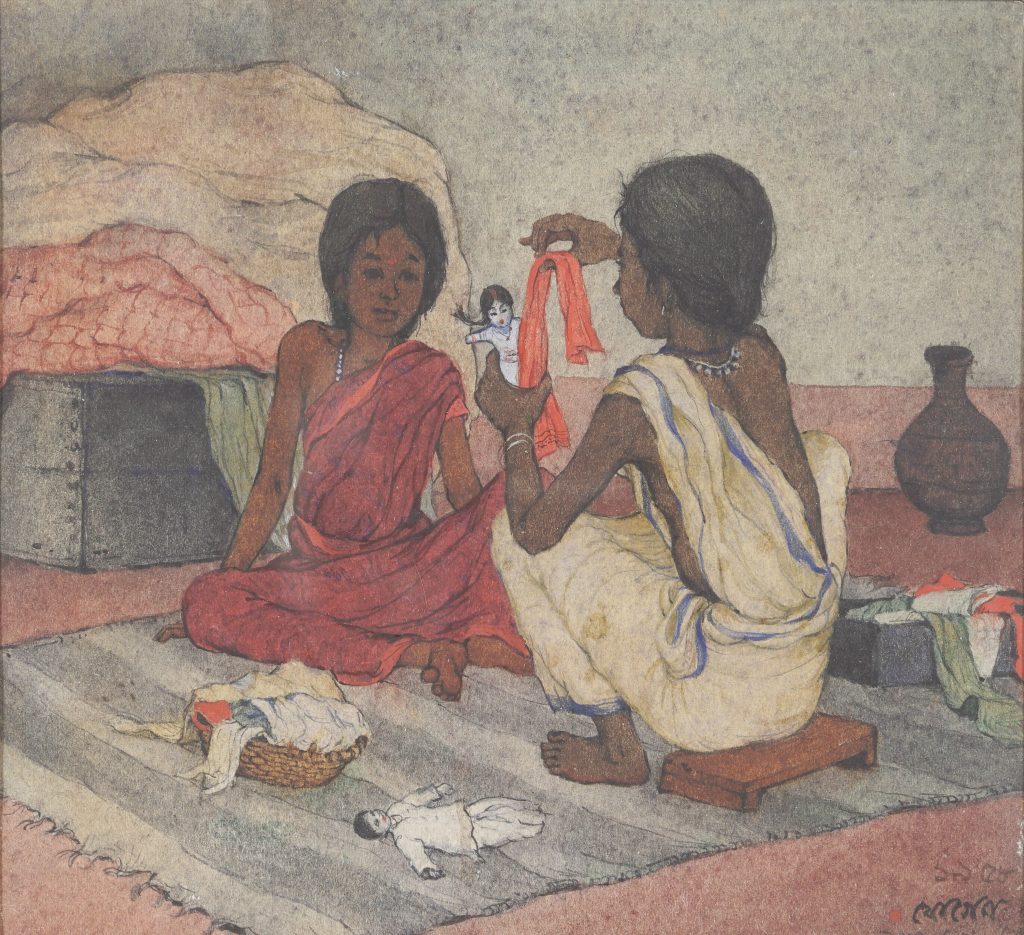
The show also sheds light on Chowdhury’s early experiments with abstraction during his time in France. His works from this period—nudes rendered with raw, visceral energy—mark a crucial point in his development. His exposure to Western modernism informed his figural exploration; rather, his abstraction emerges from context. It is deeply psychological, shaped by cross‑hatchings, dark tonalities, expressionistic brushwork, and the metamorphosis of familiar objects into abstracted motifs, blurring the line between abstraction and realism.
The conundrum between Western and Eastern modernist notions transcends into a more personal and contextualised understanding of modernism in Chowdhury’s oeuvre. The artist captures time through an experiential and introspective lens, where historical markers are not overt but tacitly present through conceptual layers. Soumik Nandy Majumdar also emphasized this aspect as he writes, “What seems to be an unnamed and unfathomable blackness is evocative of a palpable darkness, reminiscent of the lived experience of the artist who has passed through the darker realms of life and seen human plight closely, almost in tactile terms.”
A significant phase of Chowdhury’s artistic journey emerges in the 1970s and 1980s—a period of political and social upheaval in India. His creative response was not overtly didactic but imbued with sharp political awareness. His figures—flabby, fluid, almost boneless in anatomical structure, yet viscerally charged—depart from academic norms but remain deeply human.
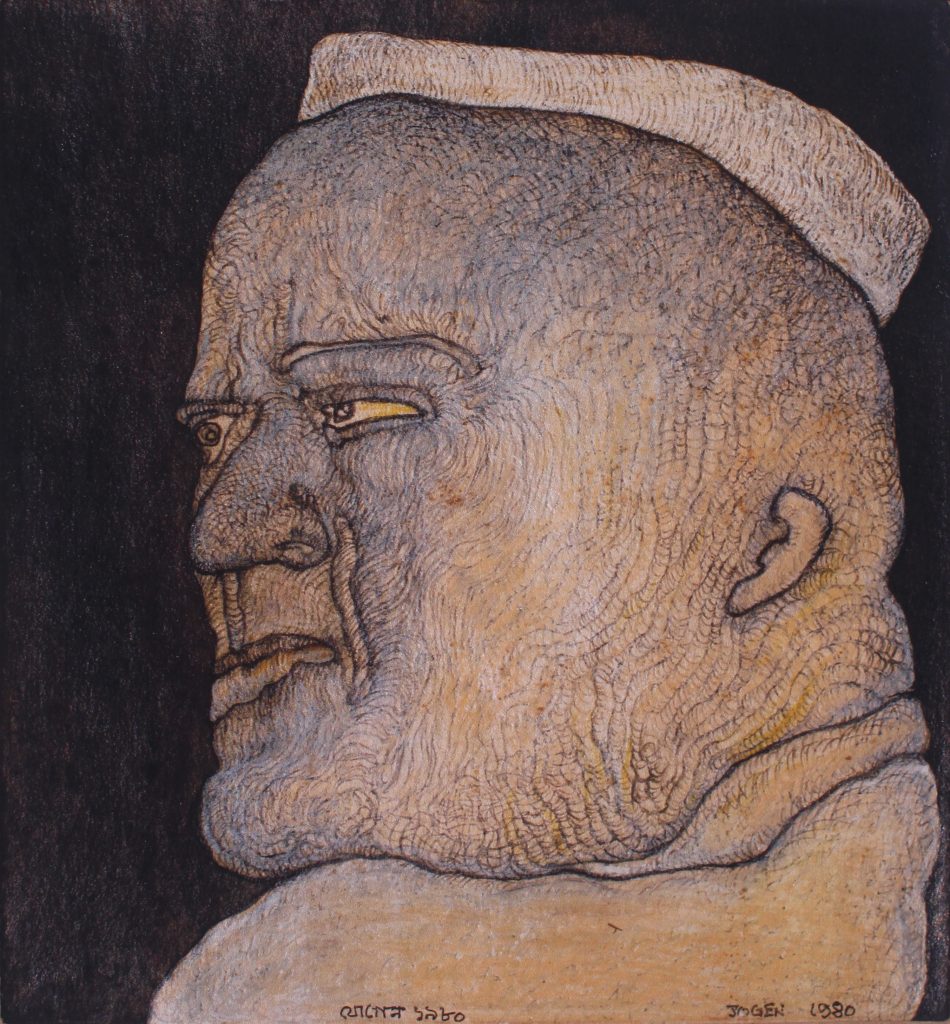
Through a pungent sense of wit and an evocative sense of realism, he allows us to peer beneath the surface of an epoch. Works like The Face of a Patriot are acerbic commentaries on the state of performative patriotism of the time. The almost farcical head of a politician, crowned with a Gandhian hat, sharply critiques the tokenism and hollow nationalism performed by such “patriots.” His visual language in this period is intuitive and tactile, capturing human fragility and social anxiety with striking depth. His characters are relatable yet often unsettling, marked by vulnerability, ego, and psychological complexity.
Chowdhury’s depictions of women, though embodying gendered perspectives, offer a sense of anonymity, quiet dignity, and reflective eroticism that resists voyeurism. Whether it is the unexpected appearance of a wound in Woman with Orange Blouse (1982), alluding to domestic abuse, or the simmering psychological strain in his depictions of couples, Chowdhury’s works delve into intimate, socially fraught themes with quiet intensity and empathy.
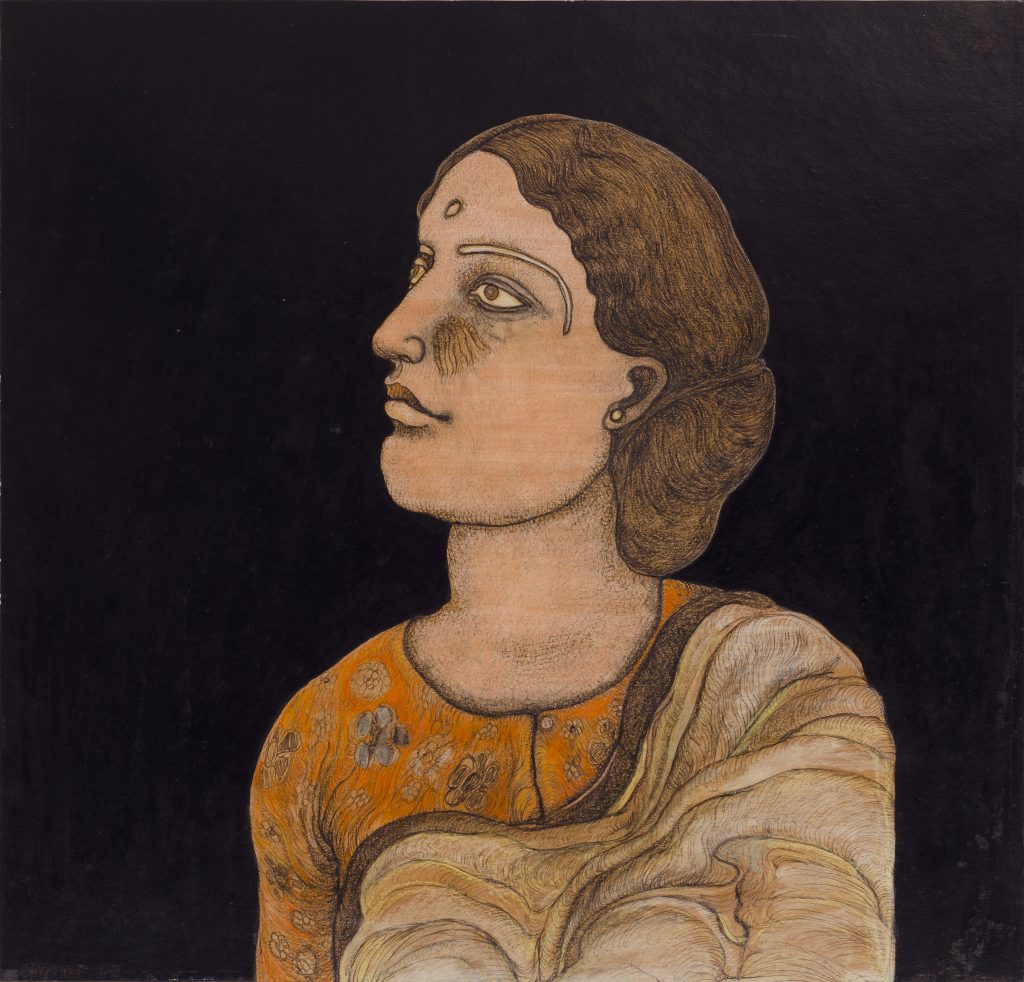
The Dream Series, with its surreal imagery resonating with layered realities and interweaving sexuality, memory, and psychological unease, is showcased thoughtfully. Calibrated lighting and considered spatial arrangements heighten the sensory impact of these works. However, while the illumination generally enhances the viewing experience, it sometimes reduces the subtlety and sensitivity of the brushwork and tonality in certain pieces.
The exhibition provides a thoughtful and layered exploration of Jogen Chowdhury’s artistic journey, tracing how he adeptly navigated and redefined the intersection between Eastern and Western visual traditions. By doing so, it highlights a distinctive form of modernism that remains deeply connected to his cultural roots while also reflecting his individual vision and creative innovation.
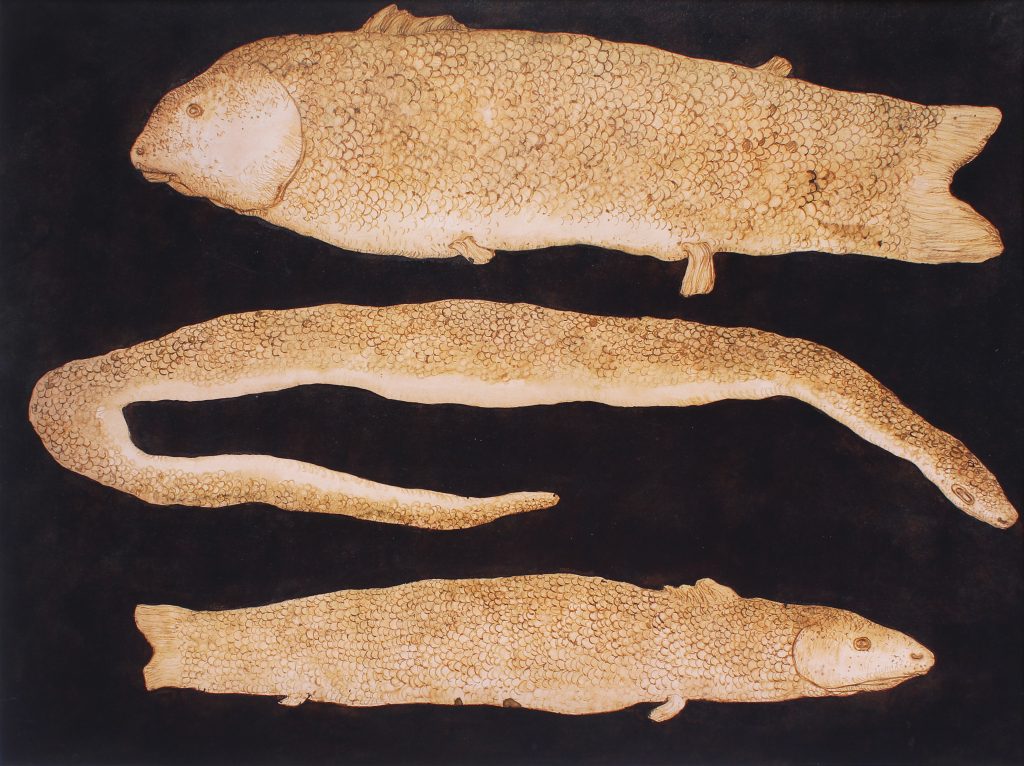
‘In Celebration: Jogen Chowdhury’ was held at Art Exposure Gallery, Kolkata, from 16 February to 30 April 2025.










